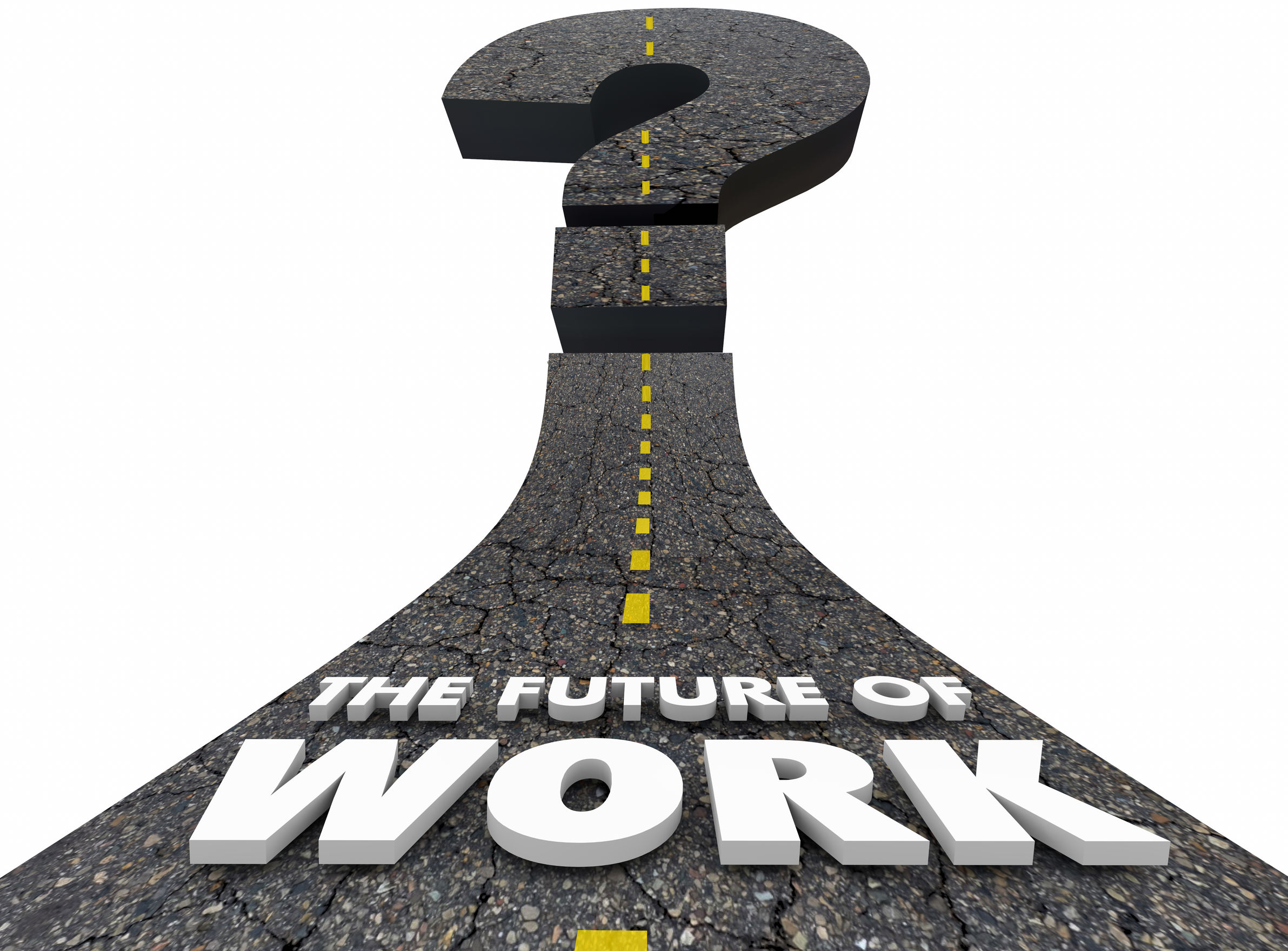What’s next for the future of work: Building a futureproof workforce
- Shawn Liew

With the pandemic having profoundly altered the way we work over the past year or so, organisations have had to quickly adapt to a ‘new normal’.
Today, as organisations prepare to transition from a successful transition from a pandemic response mode to one that is able to support and sustain successful business operations, preparing for the future of work has never been more integral; nor will be it easy, cautioned Suchita Prasad, Leadership Development, Talent and Change Management Expert, McKinsey & Company.
Speaking to HRM Asia Magazine, Prasad explained, “The impact of COVID-19 on work, the workforce and the workplace will continue to be felt after the health crisis has subsided.”
Drawing on findings from McKinsey research, she continued, “The pandemic has accelerated three groups of consumer and business trends that are likely to persist: remote work and virtual interactions; e-commerce and digital transactions; and the deployment of automation and artificial intelligence (AI).”
Clearly, the world of work will not return to what it was before the pandemic struck, with McKinsey predicting 20-25% of workers in advanced economies working remotely for at least three times a week on a long-term basis.
“We are seeing a surge in the adoption of digital platforms, with a two to five times growth in e-commerce, affecting how businesses are conducted, “Prasad reported. “Organisations have also reported a significant uptick in the use of robotics and robotic process automation, impacting how we work in the future.”
As the digital transformation gains pace however, comes the challenge of filling a widening gap in skills requirements. For instance, McKinsey’s research found that more than 100 million workers in eight countries studied may have to change occupations because of a mismatch in skills. This represents a 12% increase compared to before the pandemic overall, and a rise of as much as 25% in advanced economies.
Noting how policymakers, companies and workers alike adapted to new ways of work more quickly than previously thought possible during the pandemic- albeit out of ‘sheer necessity’ – Prasad said that such agile and collaborative responses need to be displayed in the longer term to create higher productivity growth and career paths with upward mobility for workers.
She added, “Business and HR leaders could respond by reimagining where and how work is done and finding new ways to hire, train and redeploy workers, with a focus on in-demand tasks rather than whole jobs. They could work to enhance worker mobility, equip workers facing job transitions, and support workers in the gig economy.”
Building organisations to thrive in a post-pandemic future
At HR Tech Fest Connect 2021, a completely virtual conference taking place from May 27-28, Prasad will be highlighting what is next for the future of work, and will discuss how organisations can plan for this future by leaping forward in iterative ways, as well as strengthening the skills and capabilities that will be critical for success.
 “CHROs should embrace four imperatives that collectively explain where we work, how we work, what skills are needed and what culture is needed.” – Suchita Prasad, Leadership Development, Talent and Change Management Expert, McKinsey & Company.
“CHROs should embrace four imperatives that collectively explain where we work, how we work, what skills are needed and what culture is needed.” – Suchita Prasad, Leadership Development, Talent and Change Management Expert, McKinsey & Company.
Reiterating that the accelerated adoption of automation and AI, the rise of remote work, and shifts in job and talent will be key trends to take note of, Prasad advised, “Organisations need to improve talent access and expand the size of their potential talent pool. They need to access the potential for remote work by evaluating the role and activities that can be effectively done remotely versus in-person, and they need to improve their cost position by leveraging remote work to reduce demand for expensive real estate space and business travel.”
Other steps organisations can take to give themselves the best possible platform to thrive in a post-pandemic future, she added, include increasing operational efficiency by redesigning remote workflows using new digital tools such as robotic process automation (RPA).
Business agility can also be improved by speeding up decision making and reducing organisational hierarchy, while employee satisfaction and resilience can be boosted by providing opportunities linked to purpose, and offering employees more flexibility to carry out their work.
As to how HR leaders can better organise for a post-pandemic future, Prasad commented, “CHROs should embrace four imperatives that collectively explain where we work, how we work, what skills are needed and what culture is needed.”
Where we work: The priority will be to shape and define what a distributed hybrid operating model looks like, and turbo charge decision-making to make it more efficient.
How we work: Leaders should enable the move towards flatter, faster, non-hierarchal structures to enable organisational agility; adopt an ecosystem mindset to enable growth; and invest in making full use of data-rich tech platforms.
Skills needed: Organisations must commit to reskilling and upskilling their workforce on higher order or new skills, as well as diversifying new hires.
Culture: Amid this shift, culture will be the glue that binds the organisation. Leaders must embrace and promote a culture of adaptability, diversity and continuous learning.
Join Suchita Prasad, Leadership Development, Talent and Change Management Expert, McKinsey & Company, and a carefully curated group of inspirational HR visionaries and experts at at HR Tech Fest Connect 2021, which will help HR navigate through new employment trends, HR technologies and learning approaches.






